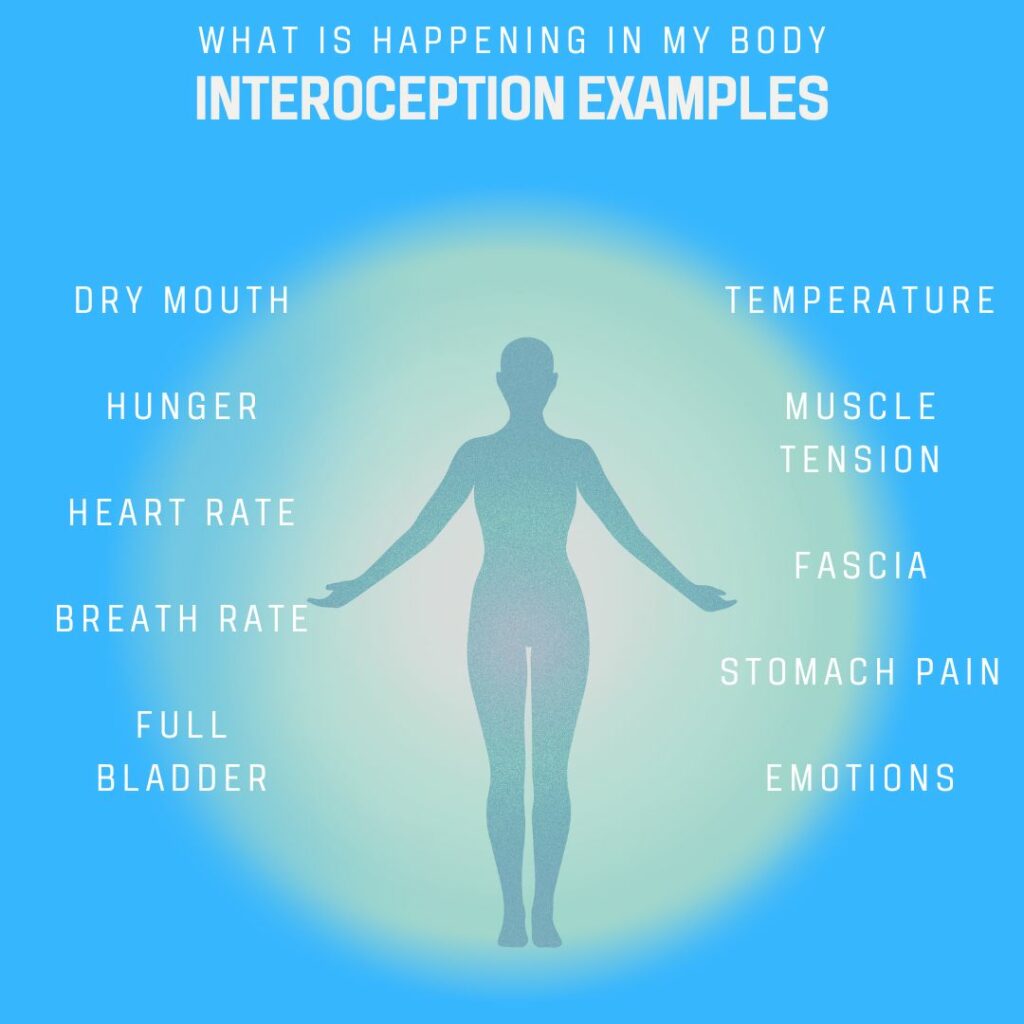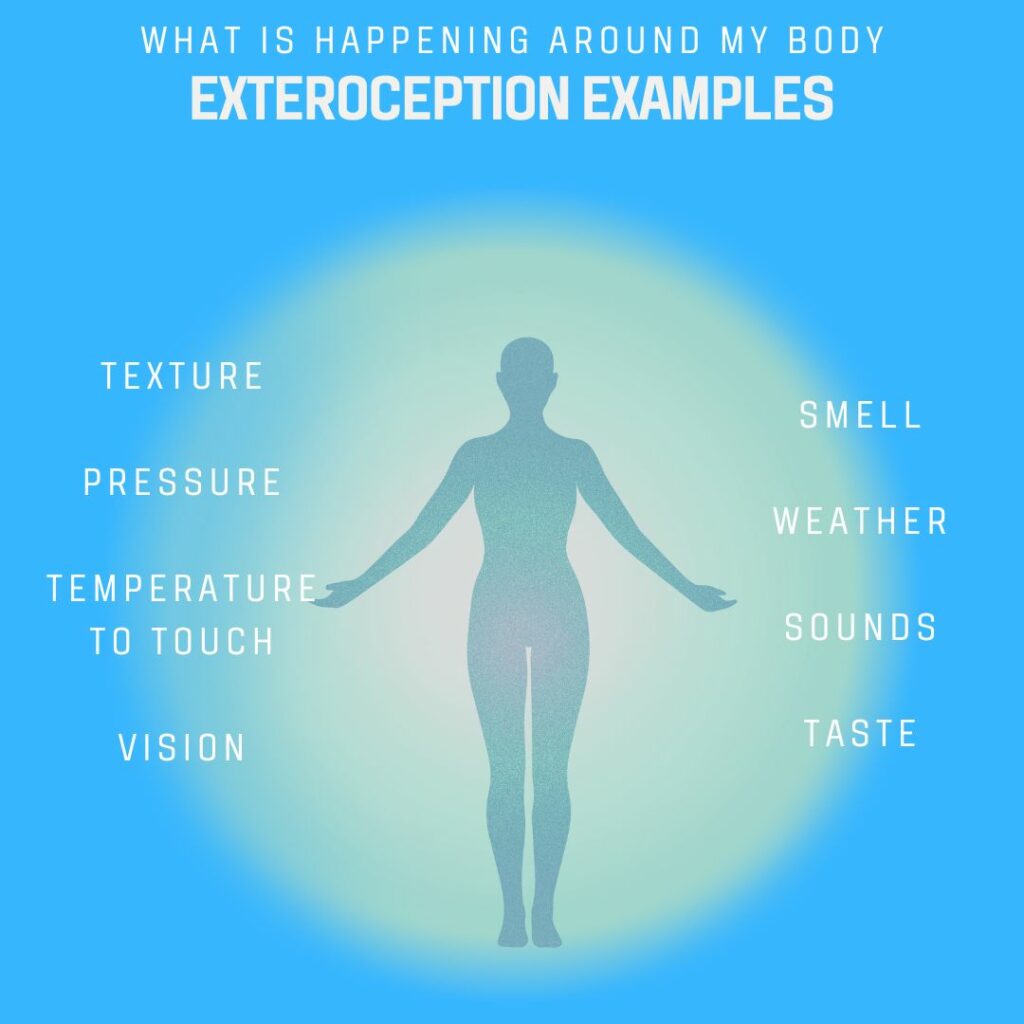I’m going to start with a hard truth. When we think we’re listening to our body, most of us are still living in our heads, intellectualizing what we think we feel. To really listen to our body, we need to feel our body.
Listening to our body involves paying attention to the physical sensations, emotions, and signals our body sends us. It means being attuned to the messages that our body is communicating about its needs, limitations, and well-being. This practice involves being mindful of various aspects of our body, such as muscle tension, pain, movement, hunger or fullness cues, energy levels, breathing patterns, and physical response to emotions.
By listening to our body, we can better understand what it needs regarding rest, movement, nourishment, hydration, relaxation, or other forms of self-care. It helps us cultivate a more profound sense of self-awareness and intuition about what is beneficial or harmful for our physical and mental health. Tuning in to the signals from our body can also help us detect signs of stress or imbalance early on and take proactive steps to address them before they escalate into more serious issues, such as running injuries.
Overall, listening to our body involves developing sensitivity and responsiveness to the feedback it provides so we can make informed decisions that support our overall well-being and help keep us in homeostasis or balance.
How Does Our Body Give Us Feedback?
Our bodies are equipped with a sophisticated feedback mechanism system that provides crucial information about our internal state and interactions with the external environment. This feedback system includes interoceptive and exteroceptive feedback, shaping our perception, behavior, and overall well-being.
Interoception

Interoception refers to the perception of signals originating from within the body, including sensations related to physiological processes such as heartbeat, respiration, digestion, temperature, and pain. The brain constantly receives these signals from internal organs, muscles, and tissues through a network of nerve fibers known as interoceptors.
Interoceptive feedback allows us to monitor and regulate our vital functions accordingly, contributing to emotions, decision-making, and self-awareness.
Here, we’ll explore three practices of interoception to help you understand interoceptive feedback a little further.
A Practice in Checking Interoceptive Awareness – Have a timer (set for a minute) within reach, and lie down on your back, preferably on a firm surface. Take a few deep breaths and bring awareness to all the areas where your body feels in contact with the surface you are lying on. For one minute, try to count each heartbeat without feeling for your pulse. Maybe you feel your pulse in your chest, abdomen, or legs. The total you count during that minute is your perceived beats per minute.
Next, place your fingers on your wrist to take your pulse for a minute to get your actual beats per minute. You can also compare your perceived heart rate to a reliable wearable such as a smartwatch or chest strap.
How close was your perceived heart rate to your actual heart rate? A closer number can mean you have more interoceptive awareness.
A Practice in Using Interoceptive Feedback – Sit quietly for a moment, wherever you are. Check-in with whatever you can feel in your body. Maybe you can feel your heartbeat. Maybe you can feel the tension in your upper traps or a queasy feeling in your gut. Are you holding your breath? Now I would encourage you to take three deep diaphragmatic breaths. If you don’t know how to breathe into your diaphragm or it feels tight, come see me. You won’t regret all the power you gain from learning to breathe!
After these three deep breaths, check in again. Because the diaphragm and breathing provide interoceptive feedback, we can help regulate our body and tune down other interoceptive systems by simply taking three deep breaths. We are then also able to listen into our bodies’ more deeply.
A Practice in Changing Interoceptive Feedback – The fascia, a connective tissue surrounding muscles, organs, and other structures in the body, has been recognized as having interoceptive properties. Fascia contains a rich network of nerve endings known as mechanoreceptors and nociceptors that contribute to proprioception (sense of body position and movement) and pain perception. These receptors enable the fascia to relay information about tension, pressure, and tissue damage to the brain, influencing our sense of embodiment and bodily awareness. Therefore, the fascia plays an important role in interoceptive feedback by contributing to our understanding of internal bodily sensations and movements.
We explore this at Omega Project through hands-on treatments from physical and massage therapists and through movement prescription. Basically, anything that moves your fascia will help give feedback to your brain, especially when that movement is perceived as safe.
IMPORTANT NOTE: I am not a mental health therapist, so this next bit is from my experience as a physical therapist and as someone on my own healing journey. In the presence of trauma, it is an important survival method to get away from feeling our body. I would therefore encourage you to work with a trauma-informed provider (mental health professional, somatic therapist, physical therapist, yoga instructor, etc) to guide you in finding safety with these practices.
Exteroception

In contrast to interoception, exteroception involves perceiving stimuli from the external environment through sensory organs such as the skin (touch), eyes (vision), ears (hearing), nose (smell), and tongue (taste). Exteroceptive feedback informs us about our surroundings, enabling us to detect threats, navigate space, recognize objects, communicate with others, and experience pleasure or discomfort. This external input shapes our interactions with the world and influences our cognitive processes.
A Practice in Exteroceptive Feedback – Think about what would happen if you walked outside right now in shoes versus barefoot. Chances are, you would step a lot lighter when barefoot. We are getting immediate feedback from the ground about how safe each step is. Our feet are the only physical part of our body that touches the earth, which is why I discourage the use of thick cushy shoes. Of course, we also get exteroceptive feedback about our environment from all our other sensory organs. Still, the practice of grounding through our bare feet can be very impactful in regulating our emotions and well-being.
Combining the two
The brain integrates information from interoceptive and exteroceptive sources to create a coherent representation of ourselves in relation to our surroundings. This combined sensory input helps balance internal needs and external demands by guiding adaptive responses like eating when hungry or seeking warmth when cold. An imbalance in interoceptive-exteroceptive processing can lead to various health issues such as frequent injury and illness, chronic pain syndromes, or emotional dysregulation.
Implications for runners and athletes
Many gadgets are available now that help us track sleep and recovery, helping us decide what our workout will look like for the day. However, nothing beats being able to tune in and listen to what your body is telling you. No gadget knows your body more than you. So, don’t think too much when the age-old “Should I run today?” question comes up. See if you can listen to your body instead.
We strive to be the number one physical therapy provider in Wilmington, Delaware for those who refuse to quit.
Our blog posts allow us to reach more runners and athletes so they can benefit from fewer injuries and better performance. Please share it so we can spread the love!

